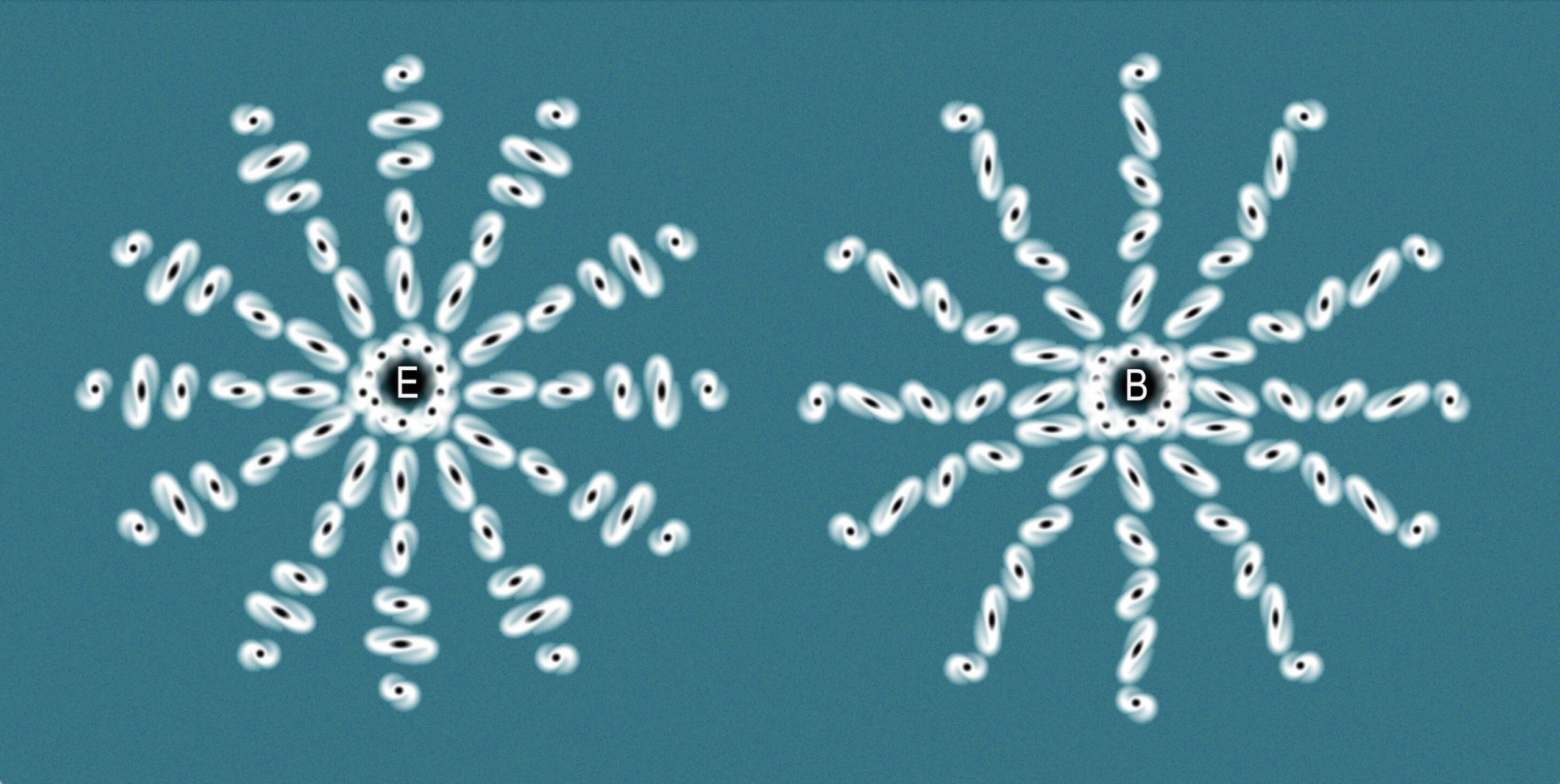Does the universe really behave the same way everywhere?
A new study presents 1 a methodology to test the assumption of cosmic homogeneity and isotropy, known as the Cosmological Principle, by leveraging weak gravitational lensing—a light distortion effect described by general relativity—in astronomical images collected by new observatories such as the Euclid Space Telescope. Finding evidence of anomalies in the Cosmological Principle could have profound implications for our current understanding of the universe.

According to the Cosmological Principle, not only are we not at the center of the universe, but a true center does not exist. A further assumption, similar to but distinct and independent from homogeneity, is that the universe is also isotropic, meaning it has no preferred directions. These assumptions underlie the Standard Model of Cosmology, the theoretical framework used to explain the origin, evolution, and current state of the universe. It is currently the most robust and consistent model, verified by numerous scientific observations, though not yet perfect.
In fact, some recent cosmological observations suggest that, on extremely large scales, there may be anisotropies—variations in the universe’s structure that challenge the assumption of isotropy.
These anomalies have been identified using different methods and include conflicting measurements of the universe’s expansion rate, studies of the cosmic microwave background radiation, and various inconsistencies in cosmological data. However, these observations are not yet conclusive.
To rule out measurement errors, more data must be collected using independent methodologies. If multiple techniques confirm the same anomalies, their existence would become much harder to dismiss.
The new study developed a new methodology to test the universe’s isotropy using observations from instruments like Euclid. Euclid is an ESA space telescope launched in 2023, which has just begun producing images of the cosmos with unprecedented power, precision, and resolution.
Weak lensing occurs because matter between us and a distant galaxy slightly bends the galaxy’s light, altering its apparent shape. This specific type of distortion can reveal whether anisotropies exist in the universe. In fact, the analysis of weak lensing data allows scientists to separate the signal into two components: E-mode shear, which is generated by the distribution of matter in an isotropic and homogeneous universe, and B-mode shear, which is typically very weak and should not appear on large scales in an isotropic universe.
Simply observing B-modes on large scales would not be enough to confirm anisotropies, as these signals are very weak and could result from measurement errors or secondary effects.
If an anisotropy is real, it would affect both E-modes and B-modes in a non-independent way, generating a correlation between the two signals. Only if Euclid’s data reveal a significant correlation between E- and B-modes would it suggest an anisotropic expansion of the universe.
In their study, the researchers simulated the effects of an anisotropic universe expansion on a computer and developed a model describing how deviations from isotropy would modify the weak lensing signal.
They then calculated the E-B cross-correlation to demonstrate that an anisotropic universe would produce a correlation between the two signals, and applied their model to future Euclid data, showing that these observations will be precise enough to detect potential anisotropies. Euclid is already beginning to provide useful data for these analyses, and new observatories will soon come online.
If these anomalies are confirmed, they would open a new chapter in cosmology. It won’t be easy, though: there are already alternative theoretical models that predict anisotropies, but none are as solid or widely accepted as the Standard Model. However, any theoretical revision would also depend on the extent of the anisotropy that could be detected, which remains uncertain.
References
- James Adam, Roy Maartens, Julien Larena, Chris Clarkson (2025) Probing the Cosmological Principle with weak lensing shear Journal of Cosmology and Astroparticle Physics / On arXiv: arXiv:2411.08560v2 [astro-ph.CO] ↩